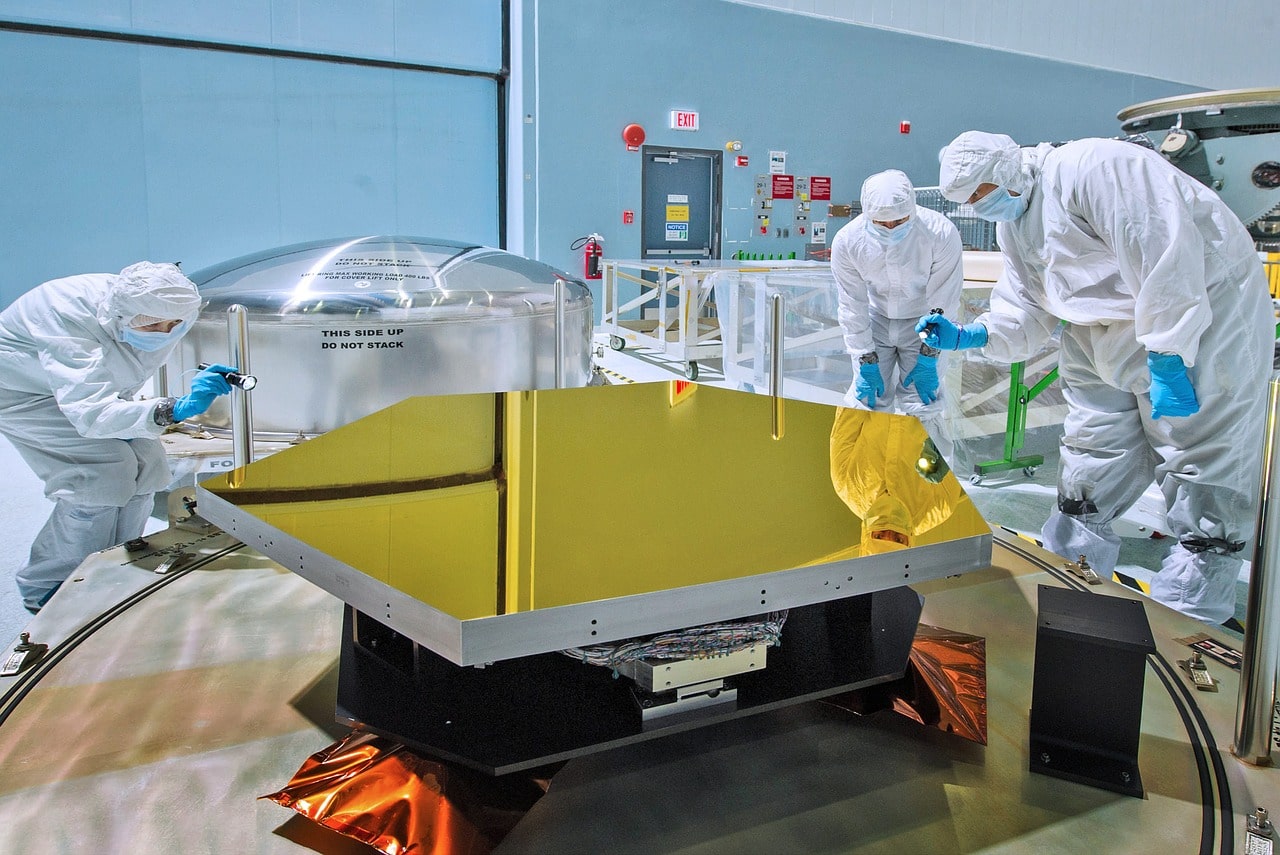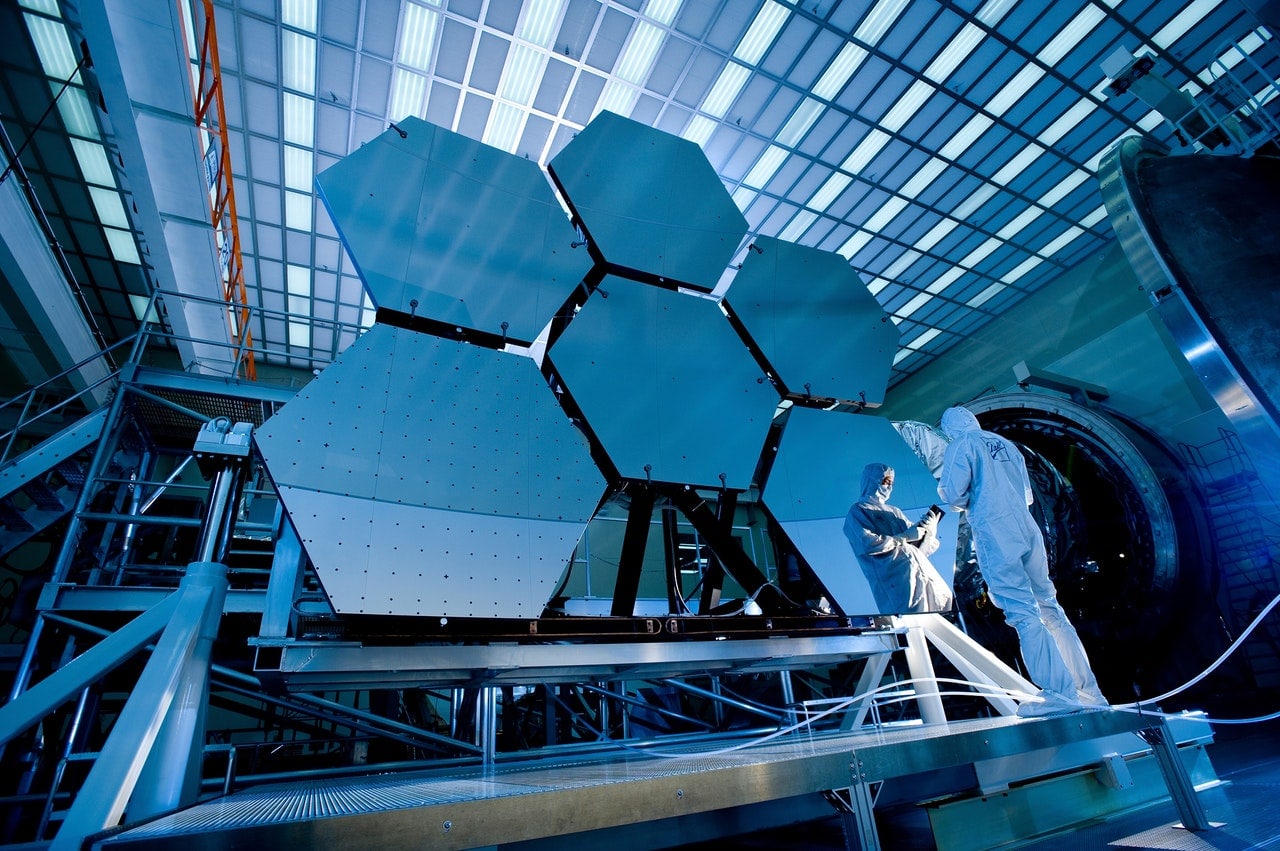A quick look at the top ten innovations of the 21st century includes nanotechnology, incredibly advanced microchips, and genetic engineering. One thing they all share in common is a reliance on cleanrooms to provide the necessary environment for creating these items. However, clean rooms are not the best choice for every situation, and there is far more involved than simply setting one up and getting to work. Here are three things you need to know before considering a cleanroom.
IMAGE: PIXABAY
The Need For It
Potentially harmful particles could cause failure in many sensitive manufacturing operations. The question is whether or not your product is susceptible to contamination from bacteria or dust. As technology and manufacturing processes become smaller, the damage caused by particle contamination goes up. In the case of food and medical products, any contamination could be life-threatening. The real question isn’t “is a cleanroom worth the cost?” Instead, the right question is whether you need one simply to meet the quality standards your customers expect or the law requires. For example, meeting ISO standards may require building products inside of a cleanroom.
The Need For Continuous Monitoring
Cleanrooms cannot simply be installed. They must be maintained in order to keep things as clean as they were when set up. Particle measuring systems particle counters are one way of ensuring the clean room is as clean as it is supposed to be. Particle counters for air and gas may be permanently installed in the clean room, and you can carry portable units to determine the source of unacceptably high particulate levels. The best systems have the level of sensitivity you need to detect and remove contamination sources and identify them in real time. For example, there are varying levels of “clean” when it comes to cleanrooms. What works for basic electronics manufacturers may not be right for a medical manufacturer.
A critical part of cleanroom maintenance is validation. You’re obligated to regularly validate that the cleanroom continues to meet the appropriate industry standards for cleanliness. Particulate monitoring systems help you to do this. Internal monitoring and maintenance have the side benefits of ensuring that external audits go smoothly.
Time To Production
The best solution for your situation depends on how much time you have to set it up. The longer you have, the more likely it is that you can get a traditional cleanroom up and running. If you don’t have much time, a modular cleanroom could be brought to your worksite and set up. Modular cleanrooms are affordable and quick to set up. They rely on positive airflow and filtration equipment shipped with them. They don’t need the same complex setup of air filtration and recirculation that traditional cleanrooms have built alongside them. Modular cleanrooms range from small work areas to connected modules that can house a whole department.
Modular cleanrooms may be your only option if it will take months to get permission to alter or expand the existing manufacturing facility. You could set up modular cleanrooms and work out of them until you have permanent cleanroom facilities running.
Take a look at your entire operation before you decide to install a cleanroom. Truly assess your needs relative to customer expectations before you select a specific cleanroom because you cannot afford to make a mistake.
If you are interested in even more business-related articles and information then we have a lot to choose from.


COMMENTS